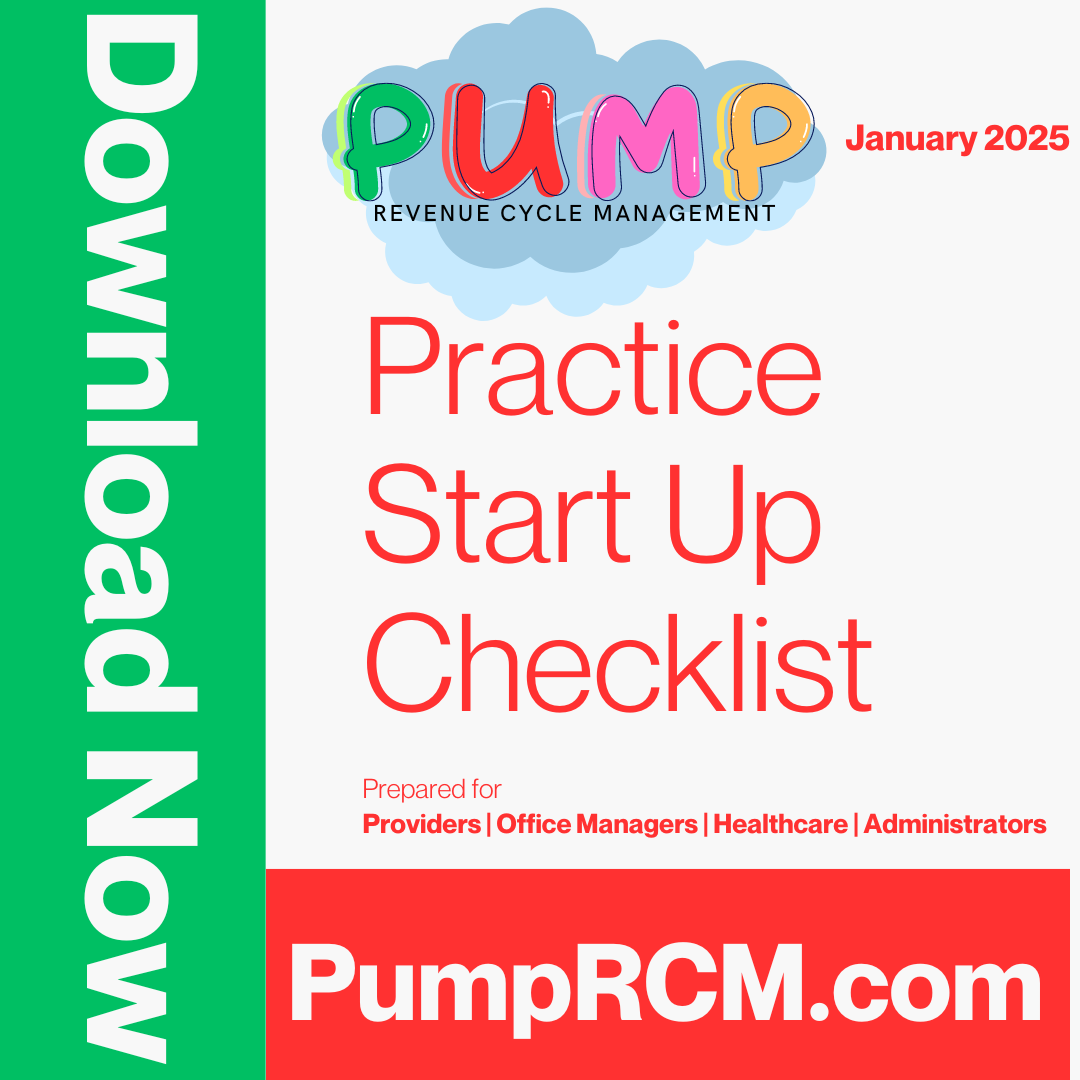How Healthcare RCM Solutions Streamline Billing and Collections
A Comprehensive Overview on Exactly How Healthcare RCM Works to Enhance Billing and Collections
Navigating the complexities of health care revenue cycle administration (RCM) is vital for carriers aiming to improve their payment and collections processes. The guide unloads the details of RCM, from client enrollment to accounts receivable administration, using understandings into enhancing each step.
Comprehending Profits Cycle Management
Comprehending the ins and outs of Revenue Cycle Management (RCM) is vital for medical care companies aiming to maximize their financial efficiency. RCM is an important administrative function that encompasses the entire financial process of individual treatment, from the preliminary visit establishing to the final settlement of the equilibrium. It is a complex procedure developed to identify, collect, and manage the profits from the services supplied to people. Efficient RCM guarantees that doctor receive timely and exact repayments, lessening the threat of earnings loss and boosting capital.
The RCM process begins when a person routines an appointment and expands with the patient's treatment journey, including payment and collections. A vital objective is to reduce the time in between getting and providing a service payment, therefore enhancing the organization's monetary health and wellness. RCM entails different functions such as person registration, insurance policy verification, fee capture, coding, declares entry, settlement posting, and handling appeals and rejections.
Trick Parts of RCM
In the world of Income Cycle Monitoring (RCM), understanding its key elements is basic to attaining monetary performance within medical care organizations. RCM is an extensive procedure that incorporates various phases, each essential to ensuring efficient payment and collections. The primary components include person registration, insurance coverage confirmation, cost capture, coding, insurance claim entry, settlement uploading, and receivable administration.


As soon as coded, claims are submitted to payers, where accuracy is vital to avoid delays or beings rejected - Healthcare RCM. Repayment uploading entails recording the received repayments, which permits the reconciliation of accounts. Lastly, balance dues administration concentrates on monitoring and attending to overdue cases, making certain prompt follow-up and resolution
Each component of RCM is adjoined, and inadequacies in any kind of part can interrupt the entire cycle. Consequently, understanding these components is important for health care companies to maximize profits and improve their monetary health.
Techniques for Efficient Billing

Standardizing payment treatments across the company is an additional vital technique. Developing clear standards for paperwork, coding, and submission assists preserve consistency and conformity with governing requirements. Training personnel consistently on these treatments makes certain everybody is updated with the most up to date adjustments in invoicing codes and payer policies.
Exact cost capture is necessary in stopping income leakage. Implementing normal audits and tracking systems enables the identification and adjustment of disparities before they affect revenue. In addition, preserving open lines of interaction with payers aids to promptly solve any disagreements or misconceptions that may arise.

Finally, engaging clients early in the billing process by offering clear estimates and educational products about their financial responsibilities can significantly reduce confusion and enhance payment timeliness. These strategies jointly add to a more economically healthy and efficient payment system.
Enhancing Collections Processes
Provided the intricacies of clinical billing and the variety of payer demands, enhancing the collections procedure entails implementing calculated actions that guarantee accurate and timely repayment of services made. Automation devices can help in tracking insurance claim standings, sending prompt reminders to clients, and taking care of denials a lot more successfully.
Clear and transparent client interactions are critical. Supplying detailed explanations of fees and offering adaptable payment plans can raise individual complete satisfaction and prompt repayments.
Routine audits of the collections procedure ought to be carried out to determine areas for improvement and make certain compliance with policies. By analyzing information, more information health care organizations can recognize patterns, anticipate potential issues, and adapt strategies as necessary (Healthcare RCM). Inevitably, a well-enhanced collections procedure not just supports monetary wellness yet likewise contributes to an extra smooth experience for patients and her explanation personnel alike
Optimizing Income Streams
Building upon the foundation of a strong collections procedure, medical care organizations can better reinforce their economic stability by tactically maximizing income streams. This includes a multi-faceted strategy, beginning with a detailed analysis of existing income resources to recognize inefficiencies and areas for development. Using innovative data analytics tools makes it possible for companies to gain insights right into payer mix, individual demographics, and service application patterns, enabling data-driven choices that enhance profits capture.
Applying automated billing systems can considerably reduce errors and expedite claims processing, making certain that revenue is collected much more efficiently. Additionally, enhancing payer agreements with routine negotiations can improve reimbursement rates and terms, directly influencing the lower line. Branching out service offerings, such as incorporating telehealth or health care, can likewise draw in a broader client base, therefore boosting profits capacity.
One more important part is improving client involvement and contentment, as completely satisfied people are more probable to stick to treatment strategies and make prompt repayments. Using versatile payment alternatives and clear payment techniques can boost collections and foster client loyalty. Healthcare RCM. By embracing these strategies, healthcare companies can produce an extra resistant monetary framework, making certain sustained growth and security in an ever-changing sector landscape
Conclusion
Finally, health care Revenue Cycle Monitoring (RCM) plays a crucial role in enhancing billing and collections procedures by incorporating crucial elements such as patient enrollment, insurance policy confirmation, charge capture, coding, declares entry, and balance due management. By using advanced modern technology, systematizing treatments, and fostering individual engagement, doctor can substantially reduce case rejections, increase payment cycles, and boost cash flow. This extensive method to RCM inevitably causes improved monetary performance and sustainability for healthcare organizations.
The RCM procedure begins when my website a person schedules an appointment and prolongs with the person's care journey, including invoicing and collections.One more important component is enhancing individual interaction and complete satisfaction, as pleased individuals are extra most likely to adhere to treatment plans and make prompt repayments. Offering flexible payment options and transparent billing methods can enhance collections and foster client loyalty.In final thought, medical care Earnings Cycle Monitoring (RCM) plays an important role in enhancing invoicing and collections processes by integrating vital elements such as patient registration, insurance policy verification, fee capture, coding, declares submission, and accounts receivable management. By employing advanced innovation, standardizing treatments, and fostering patient engagement, medical care suppliers can considerably minimize case denials, speed up repayment cycles, and improve money flow.